Anatomy of an e-Bike
Or in other words, the s*t that actually matters when buying an e-Bike…
Fun fact: there are just 72 individual pieces/components that make up the ‘average’ mountain bike, however, the ‘average’ e-MTB requires over 220 individual pieces / components! That said, it’s little wonder an e-MTB carries a price tag ‘on average’ of $3000 more than an equivalent specced non e-Bike. With all of those extra pieces of the puzzle, plus the extra loot, at stake we have put together this handy guide to steer you in the right direction of things to consider when purchasing an e-Bike, plus simplifying the e-Bike jargon and point out areas of the bike to place the most attention (or in other words, the s*t that actually matters when buying an e-Bike!
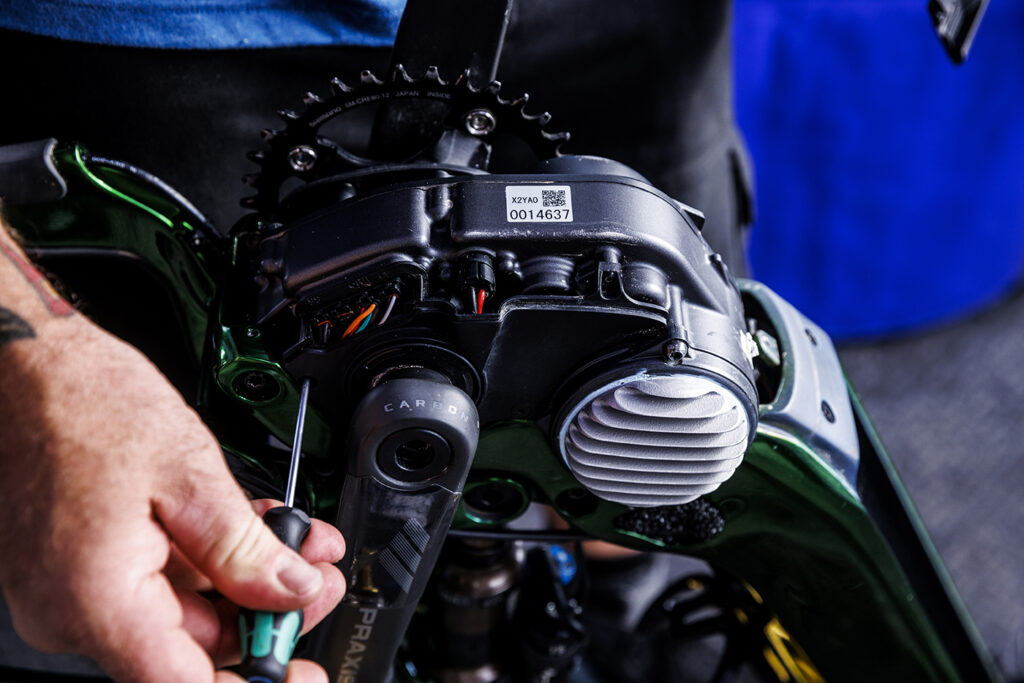
1. Drive unit
The motor on any decent e-MTB ‘mid-mounted’ which means the motor is essentially housed around the bottom bracket axle. The ‘pedal assist’ part of e-Bikes means they don’t have or need throttles, rather the motor kicks into action and ‘gives assistance’ once the rider is pedalling. Stop pedalling and it’ll shut off. Once the bike is traveling over the assistance restriction speed here in Oz which is 25kph the motor will also cut out. There are various different motors on the market from a bunch of different brands, however almost all of them transfer power from the motor to the chainring through a system of cogs. Peak power can range from 300-600w depending on the system, and peak torque is typically between 50-90Nm. Drive units are fully sealed in an aluminium or magnesium case.
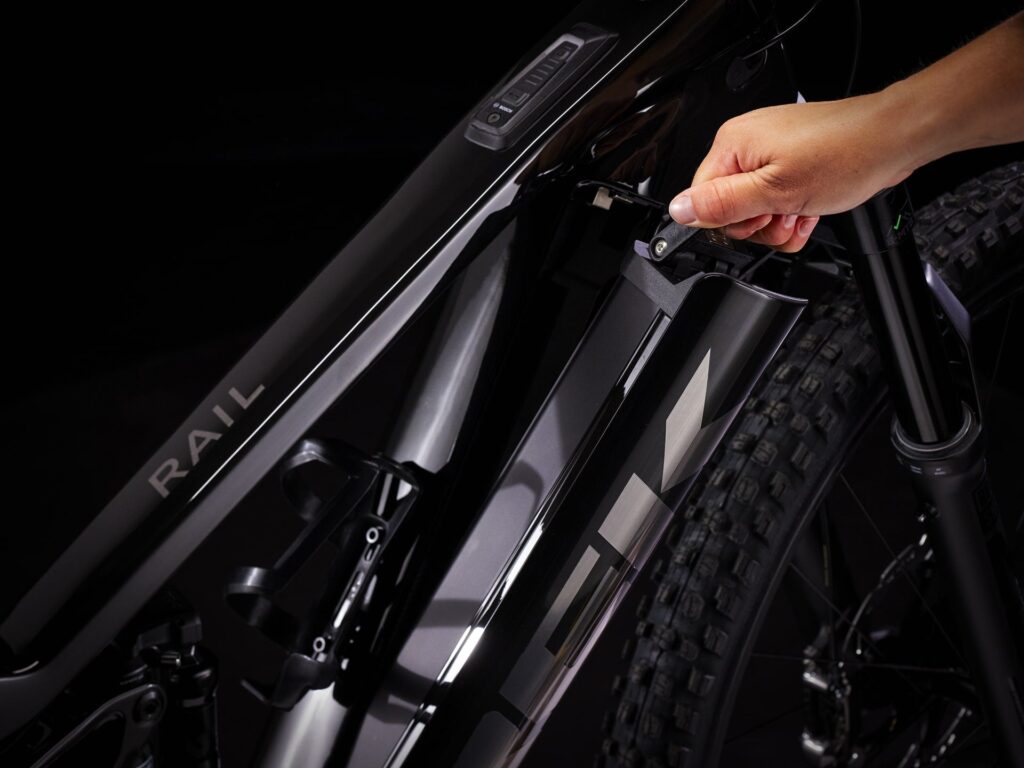
2. Battery
Modern e-Bikes hide their lithium-ion batteries inside the down tube to give the frame a sleek look. Most full power e-Bikes have removable batteries using either a hatch cut into the frame, or a hole at the base of the down tube that the battery can slide out of. The latter design keeps the integrity of the tube, so the frame needs less reinforcement, and can benefit weight balance if done properly, but is slightly less convenient. Full power e-Bikes on average use a 700Wh battery, although it’s possible to get e-Bikes with 900Wh options. The bigger the battery the heavier the weight, but the longer the range. SL (standing for Super Light) e-Bikes use smaller batteries to save weight which can then be bolstered by range extenders battery units which mount into the bike’s water bottle holder.
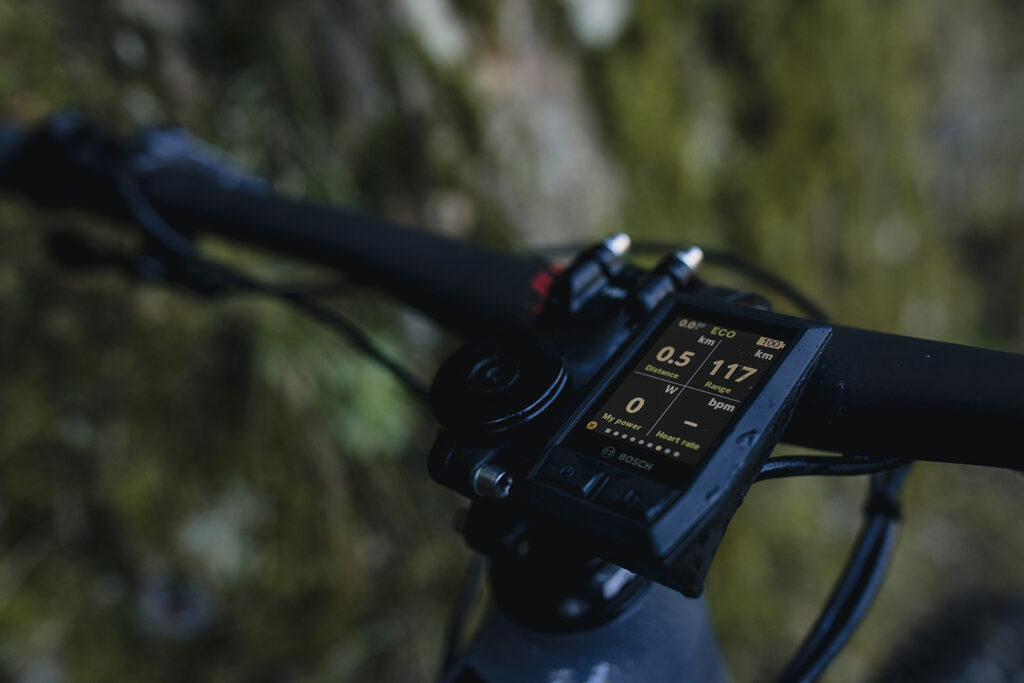
3. Displays
Most e-bikes have some sort of display, to indicate the power mode selected and the battery life remaining. Some even have screens showing speed, cadence, power output and a host of other features. Recently brands have been starting to integrate their displays into the top tube, saving space, adding protection and making them easy to read. Most systems hook up to a smartphone app giving you the ability to change the response of the motor and the amount of power in each mode.
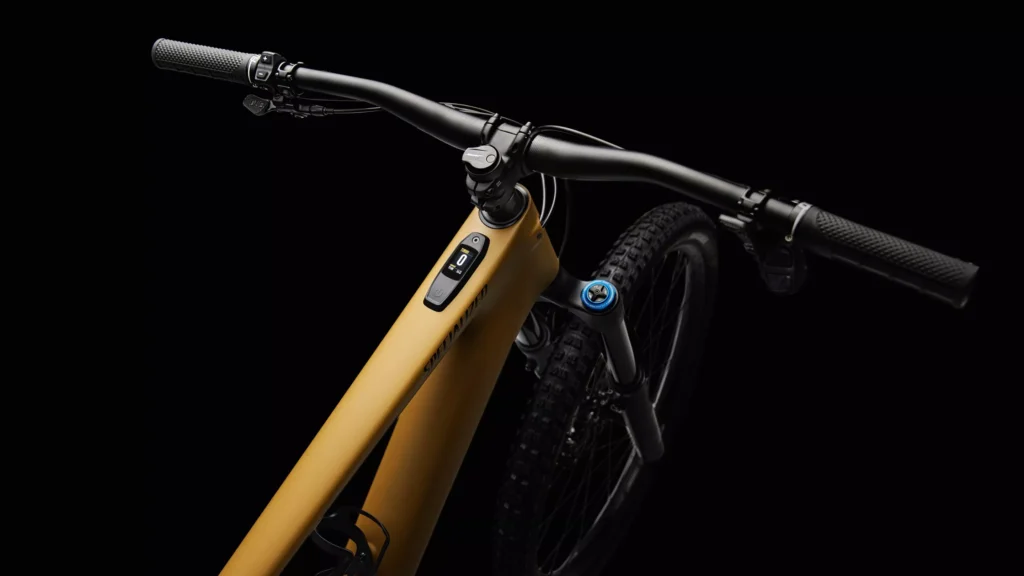
4. Controller
To change between power modes, most e-Bikes fit a remote on the handlebars. For mountain biking, the smaller the better, so as not to interfere with dropper post levers. A typical control unit will have a + and – button for changing modes, a power button for turning on and off, and a walk button, that powers the motor slowly if you have to get off and push the bike up a hill.
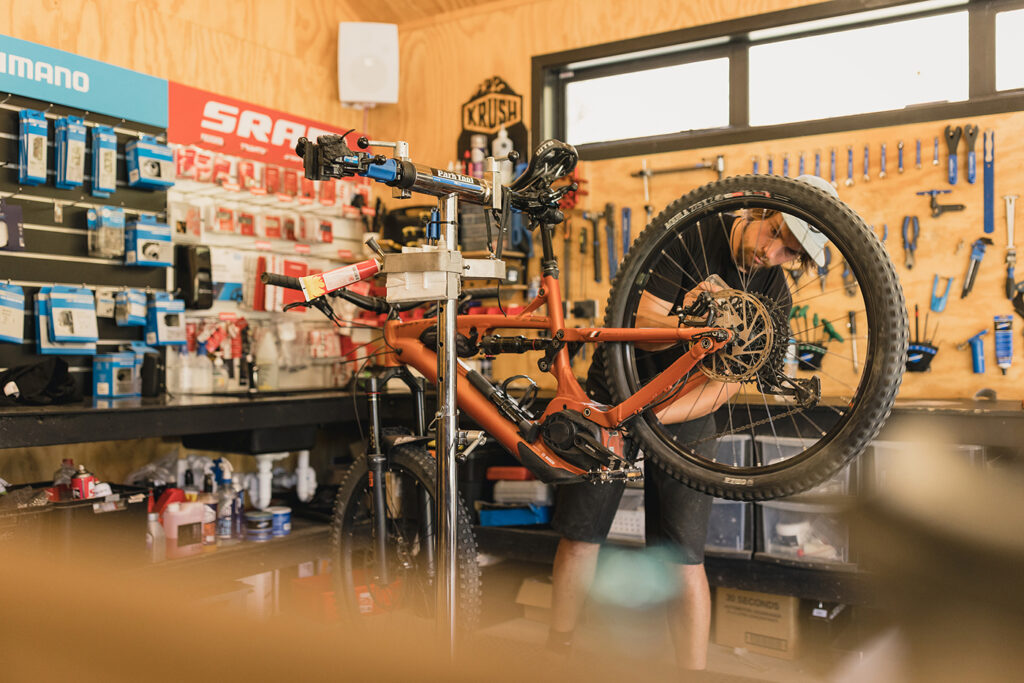
5. Magnet and speed sensor
E-bikes have a suite of sensors, most of which are hidden within the motor unit, but the main external one is the speed sensor. This monitors the wheel speed and also tells the motor when to cut out – 25km/h in Australia. Older e-Bikes used a magnet clamped to a spoke, but newer models have a more discreet magnet attached to the rear disc rotor, along with a sensor hidden in the dropout.
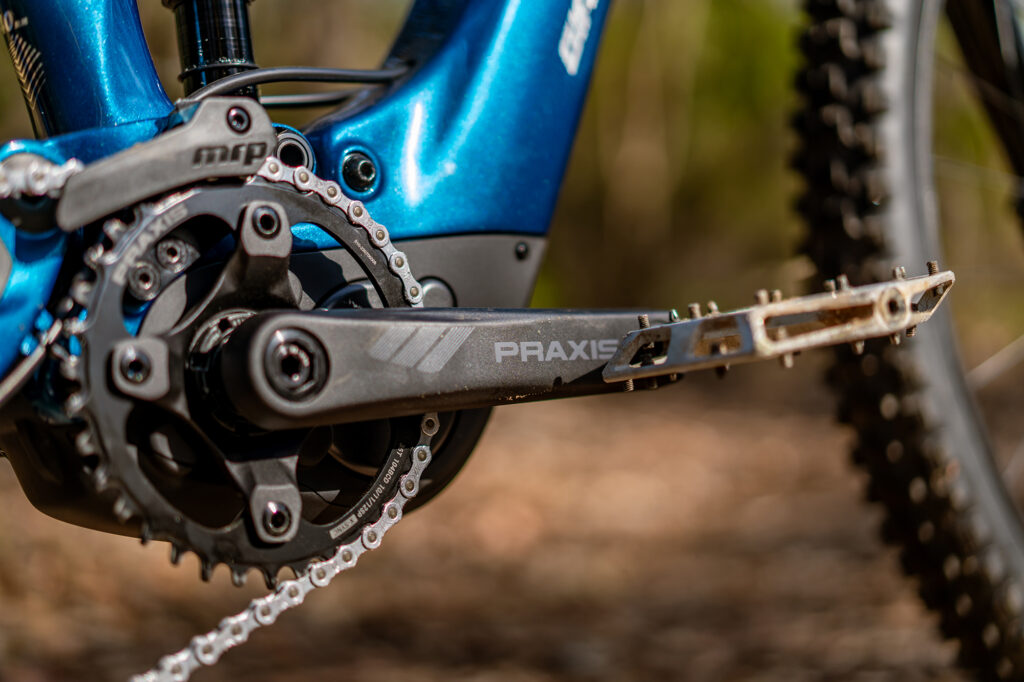
6. Cranks
E-bikes separate the crank and the chainring, as the chainring can continue to rotate even when you stop pedalling. Chainrings are typically a bit bigger than on an analogue bike (often 34t instead of 30t or 32t) and cranks usually shorter. You’ll generally find 165mm cranks on an e-Bike since the motor means you’re less reliant on the torque of your legs. Shorter cranks improve ground clearance, which is useful because you pedal more on an e-Bike.
For more eBike content head to www.revolutionmtb.com.au Now in its 20th year of print!

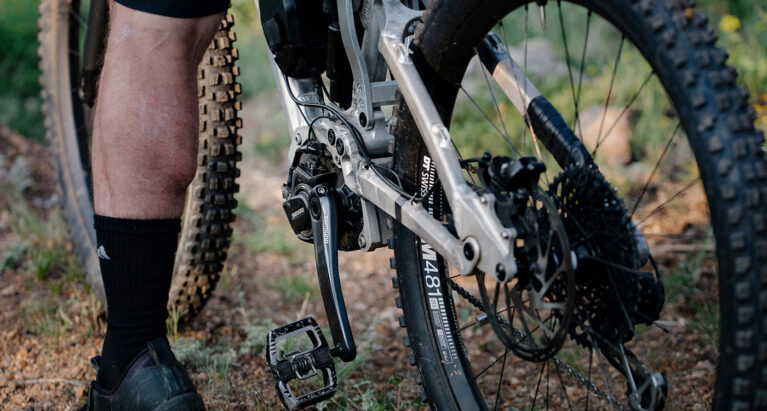
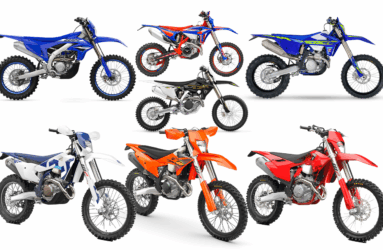

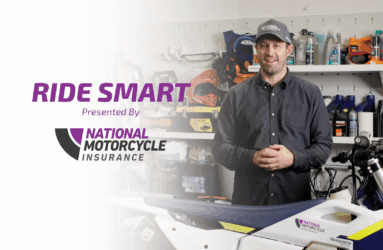
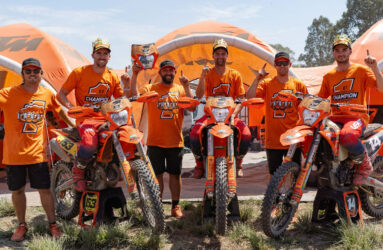

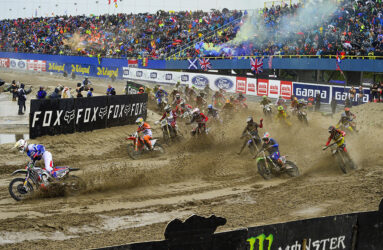


Be the first to comment...